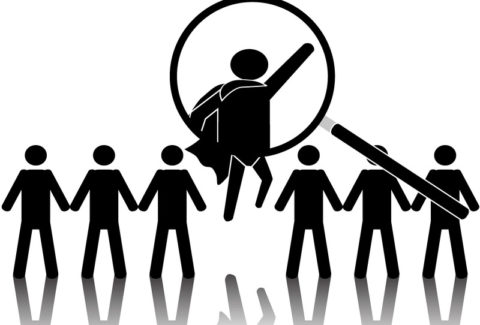Apathy
Do you remember the first two of the lowest sublevels of Consciousness we talked about in our last article? Shame and Guilt, indeed. And in this article, we, as promised, are going to continue to learn about one additional sublevel of Consciousness. It, of course, is very suffering-prone. And it is:
Apathy:
This is a sublevel that is mainly marked by poverty, despair, and hopelessness. In this sublevel, when one thinks of the world or the future, one sees it as bleak. One is in a state of helplessness, nothing can be done, nothing will help, and of course, one cannot help themselves. One, therefore, sees oneself as a victim. Always in need, in every way. Always in a state of lack, without the sense of availability to any resources or the energy to even find out whether there might be some resources available. In other words, the only way we get something is when it is provided to us by someone else. Of course, this reinforces our state, but we do not really see any other way, and those around us may either not know the state we are in, or may not understand that they can help us differently than they have been. They are making us totally further dependent on them, on the system, on being given a fish, instead of teaching us how to fish.
As a result of relying entirely on others, we begin to expect this and do nothing for ourselves. We’ve essentially given up on life.
As you read this, if you happen to think of individuals you work with, and who are in a state of homelessness, then you would be correct. Others in this substate of Apathy may also be those we consider as the “beggars” on the street, or those who have become isolated due to either a chronic or progressive disease. When we meet with someone like this, we automatically feel the state of dependency. They feel “heavy” and like a burden to us and to all others around them. As such, we may end up developing a lack of motivation to continue to help them. We may realize that they are draining resources without trying to “help themselves,” or even “help us help them.” This is because they have managed to abandon all hope and have managed to let go of the courage to even imagine that such “hope” exists.
The question now is: How do we, as clinicians, become the most helpful to this section of our patient population? Whether we work in private practice or in an organization that does not provide services to this population, understanding this sublevel of Consciousness is not only part of a complete understanding of Consciousness, but also a great way for us to further understand people, our mind, our brain, who we are, and how what people do, feel, think, how they look at life, the world, or themselves, is a matter of State of Consciousness. This also helps us remember that it is not permanent because states change. We all go from one state to the next and there is no exception to this.
The question is then how do we help someone move from one state to the next? How do we help someone who is in a state of Apathy, get to see there is hope, help, and that there are resources available? The answers to these complex questions are exactly why we have five certificate courses to help ourselves, our loved ones, patients and clients, our field, and yes, ultimately our world.
Here’s the list of our 5 certificate courses:
-
Which one are you currently enrolled in?
-
Which one are you planning to enrolled in?
-
When are going to do so? What has been stopping you? And
-
What is a better time than now to do what you know and feel is best?
We look forward to continuing to work together, so we, together mitigate suffering in the world.
With Love,
Karen and Mardoche









